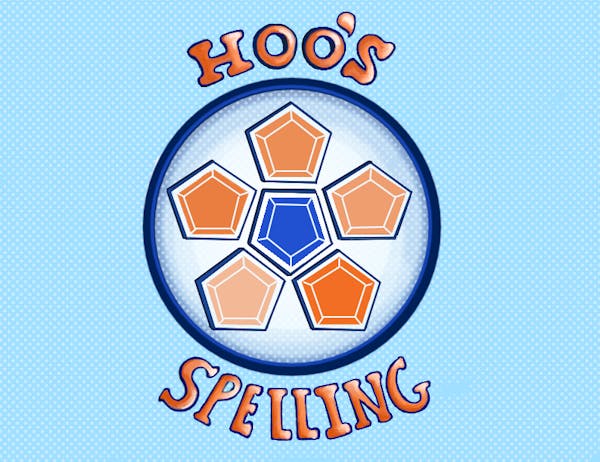University President Teresa Sullivan recently tasked a group of 27 faculty, staff, students, alumni and Charlottesville residents with exploring the role slavery has played in our school’s history. Sullivan asked the commission to produce recommendations about how best to commemorate the University’s historical relationship with slavery and enslaved workers.
Such a commission is overdue. The University claims to be devoted to free inquiry. But we often treat the contributions of enslaved laborers to the University like a shameful secret. Thomas Jefferson was a slave-owner. Slaves built many of the school’s original buildings. These are shameful memories. But they are memories we must confront to gain a more nuanced understanding of the community we inhabit and to place the University’s enduring problems with race in historical context.
Last October a University landscaping crew began clearing two feet of topsoil from a site north of the University Cemetery. The archeologists supervising the cemetery expansion noticed something strange: a checkerboard of rectangles darkening the red Virginia clay. These rectangles were grave shafts. The crew was standing before a cluster of 67 previously unknown graves — almost certainly those of African-American enslaved laborers.
What we repress — what we wish most fervently had never happened — often rises to the surface. The past, sometimes, has a way of being unearthed.
By the time this visceral reminder of the University’s legacy of slavery came to the fore, the tide had began to turn in terms of how the University approached its historical relationship with slavery. In 2007 the Board of Visitors released a statement, on the heels of a General Assembly resolution expressing remorse for Virginia’s role in the slave trade, noting its regret for the University’s use of slaves. University and Community Action for Racial Equity (UCARE) was founded in 2009, and a student group, Memorial for Enslaved Laborers, took shape a year after.
Our school’s fascination with Jefferson, the man who laid the school’s conceptual foundations, is longstanding. Our interest in the lives of the people who laid the school’s physical cornerstones is quite recent. Much work remains to be done. For one, the group dedicated to an enslaved-laborers memorial has been moving too slowly. Its seemingly lethargic pace might come from a desire to proceed cautiously and to incorporate multiple voices in determining how best to honor the laborers who helped build the University. We affirm the wisdom of not proceeding with haste. And we understand the sizable expense involved in creating a meaningful memorial. But we fear the effort has lost momentum in the last year or so. The group’s blog has not been updated since last March. Its Facebook page has not featured a new post since last May. We hope Sullivan’s slavery commission will attract renewed attention to the project of establishing a lasting and visible memorial on Central Grounds.
It is unclear how much historical work the slavery commission will accomplish. The presence of historians on the commission — including commission co-chair and Assoc. History Prof. Kirt von Daacke, Assoc. History Prof. Claudrena Harold and History Prof. Elizabeth Varon — is a promising sign that the group will excavate new information. Little scholarly work has been done on the University’s historical ties to slavery, apart from an award-winning undergraduate thesis written in 2006 and a research paper published in 2003 by Albemarle County historian Gayle Schulman. So the commission would benefit from further investigating University history, rather than merely issuing recommendations based on the limited body of knowledge that currently exists. A 27-person team with already-overcommitted people of varying interests and academic qualifications makes for an unwieldy research group. But we hold out hope that the commission will bring to light something new or interesting, or at least offer an enlightening perspective on the data that already exists.
What should the commission do with the knowledge it gathers? Possibilities abound. An interactive report posted online, which virginia.edu could link to, would be one way to preserve the commission’s findings. The team could prepare a report for the University Guide Service, which the group could incorporate into a tour focused on the University’s racial history. The commission could also move to incorporate its findings into existing courses, such as the frequently offered class on Race and Repair at U.Va.
We hope the commission will help us face our past — and honor the dignity of the people we dehumanized centuries before.






